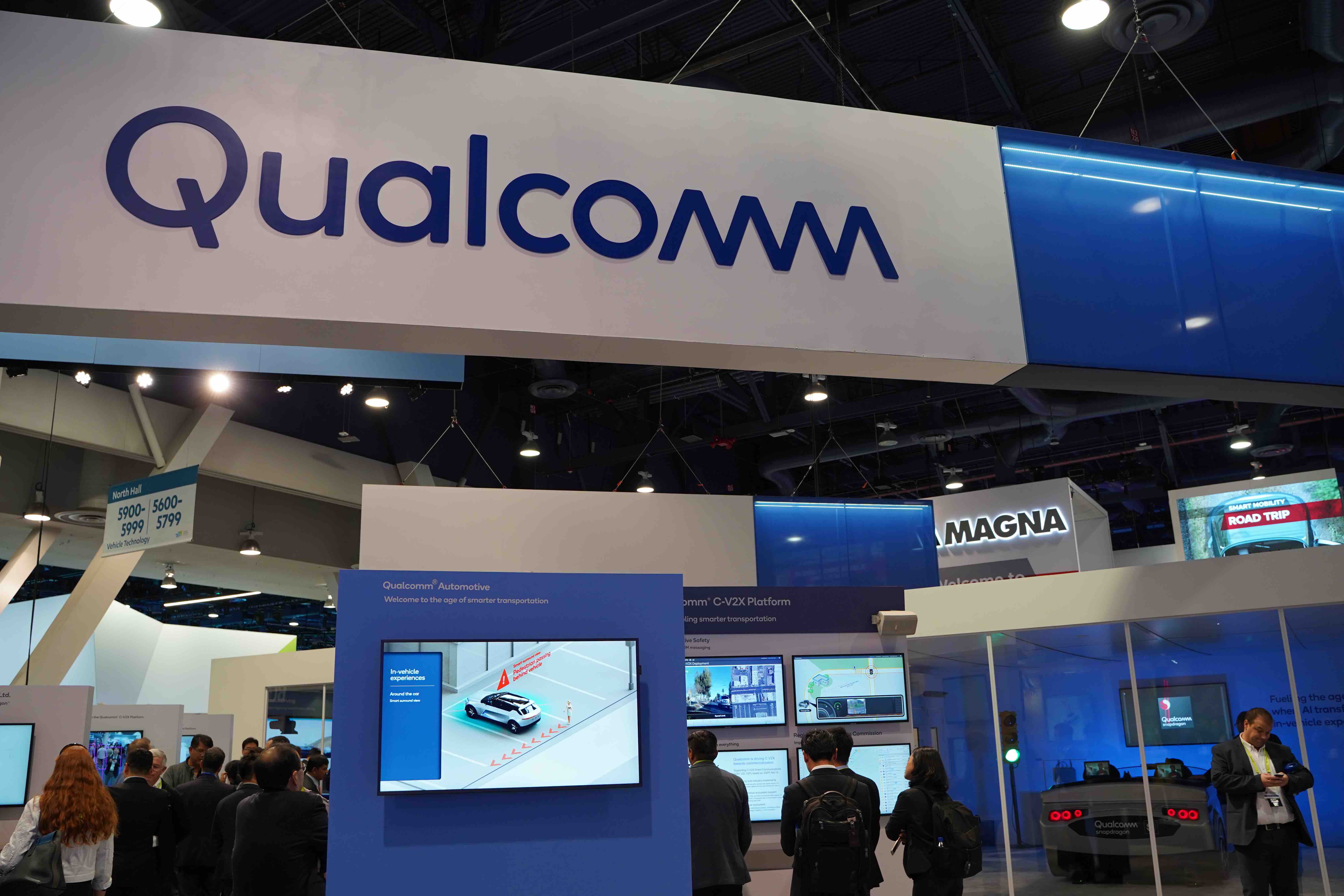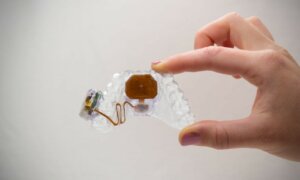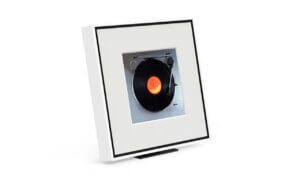While cellphones have been deemed as a distraction during driving, Qualcomm, among others, are looking to change the vehicle experience. As they put it at their conference at CES 2019, Qualcomm is looking to humanize the car ride by making a “smartphone experience in your car.” Qualcomm’s dedication to cellular vehicle-to-everything (C-V2X) is certainly leading the way in creating a better and safer transportation experience.
C-V2X is related in concept to V2X, but more fitted to the current technological landscape. While V2X has no long term roadmap for integration into new technologies like 5G, C-V2X is forward compatible in both range and reliability. Not only will cars, both autonomous or not, be able to communicate with other vehicles, but they will also interact with cellphones and roadside units (RSUs) to inform better driving decisions.
This transformative solution will revolutionize road safety. For example, C-V2X can mitigate accidents and fatalities by activating emergency electronic brake light protocols, announce vulnerable roadside users attempting to cross the street, or give intersection collision warnings. Through communication between devices, vehicles will now be able to sense a larger map of the world, capture conveyed intent of bystanders and other vehicles, and allow for greater situation awareness in vulnerable situations.
In addition to C-V2X support, Qualcomm announced their new Generation 3 Qualcomm Snapdragon Automotive Cockpit. This multi-tiered, scalable cockpit solution gives manufacturers foundational Qualcomm technologies like AI, computer vision, and heterogeneous computing, among others. The solution creates unified software networks and comprehensive experiences across visual, audio, navigation and safety.
With these announcements, Qualcomm looks to be a strong player on the automotive market, present and future.
Also of note is that…
- Ford will deploy C-V2X in all their vehicles beginning in 2022.
- While Qualcomm’s cockpit solution seems amazing in concept, there were a few glitches in the actual presentation. Mainly, voice command with Alexa didn’t register as smoothly as it might in the production model.
Follow TechTheLead on Google News to get the news first.























